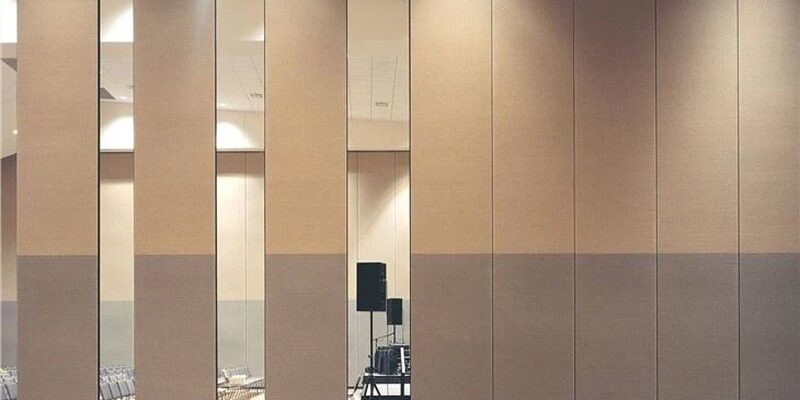Any office, studio, healthcare facility, or industrial facility can benefit from a quality soundproof room divider. The return on investment is apparent. Nonetheless, even the best soundproof wall dividers are at risk of failing if the installation isn’t done right. Remember – soundproofing requires proper application of materials and details.
To ensure optimal performance on a glass room divider with sound blocking, avoid these common mistakes.
1. Not fully sealing the edges
Even the tiniest gap will change the way sound travels as it travels via airborne vibrations. So, one of the most common errors is sealing the dividers’ edges, especially the top, bottom, and sides.
· Solution:
To provide optimal sealing, gaskets and seals have to be applied to every edge of the divider.
2. Applying Delicate Overlays
This is an even more serious problem in older buildings or unfinished surfaces.
· Solution:
Acoustic permeates covering every flanking path ensure sound cannot escape. Sound-penetrating dividers require flanking paths to be removed to ensure full contact is achieved with surrounding structures. Blocks covered in pressurised rubber must be combined with roughened upper layers to guarantee total soundproofing.
3. Using Inappropriate Mounting Hardware
Dividers with an extremely high STC rating tend to be dense and heavy, which may pose a structural risk to light-duty tracks or frames. The use of insufficient hardware can cause offset, wobble, or catastrophic failure, destroying any chance of good acoustics.
· Solution:
Use mounting systems that work with soundproof dividers. Vibration-isolated mounts are required as well as heavy-duty tracks and reinforced brackets for performance that is consistent, reliable, and sustained.
4. Not Isolating the Divider from the Building Structure
Block sound? Yes. Isolate vibrations? Not as much. When dividers are rigidly attached to the building structure, such as metal studs or wood framing, the divider serves as a conduit for vibrational energy.
· Solution
Use decoupling methods, like resilient clips, rubber isolation mounts, or soundproofing material between the divider and wall structure. By interrupting these vibrational energy routes, you will have one of the components of decoupling (which is important if you want to decouple).
5. Incorrect Alignment of Sliding or Folding Panels
Movable partitions, such as sliding and folding partitions, commonly suffer from gaps that allow sound to penetrate. A consolidation of alignment issues can likewise cause wear/failure due to disagreement and mechanical reasons.
· Solution:
All panels must be locked and joined properly before installation, and softer closing or self-aligning tracks can further be used for addressing gap perpetuation.
6. Disregarding the Acoustic Treatment of Adjacent Surfaces
Even with the perfect silent divider, the abutting surfaces are primarily the reason for surface reflections. A thoughtful divider aside, a sound reflecting ceiling, or adjacent untreated rooms design a false narrative of a lacking divider act, when in fact, the scope has acoustic inequities.
· Solution:
Use acoustical divider panels, carpets, ceiling baffles, or screens in the encircling space to absorb excessive sound and prevent thinking.
Conclusion
A good quality soundproof room divider is fitted to reduce noise wonderfully, but it can only do so if it is installed accompanying the same care that was used to make it. Whether sealing breaks, selecting appropriate fittings, or ensuring structural break-up was adequate, each detail counts.
By avoiding the field’s common mistakes, you can ensure your center strip performs at allure best, providing the quiet, privacy, and professional opportunity you expect.












Comments